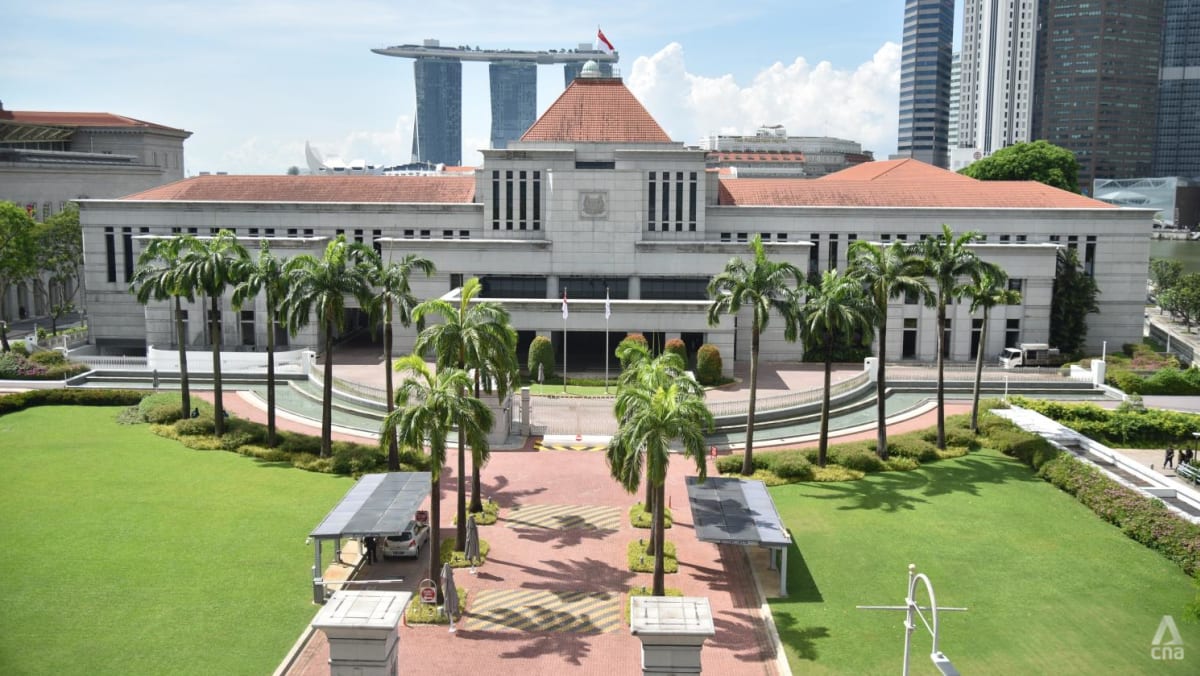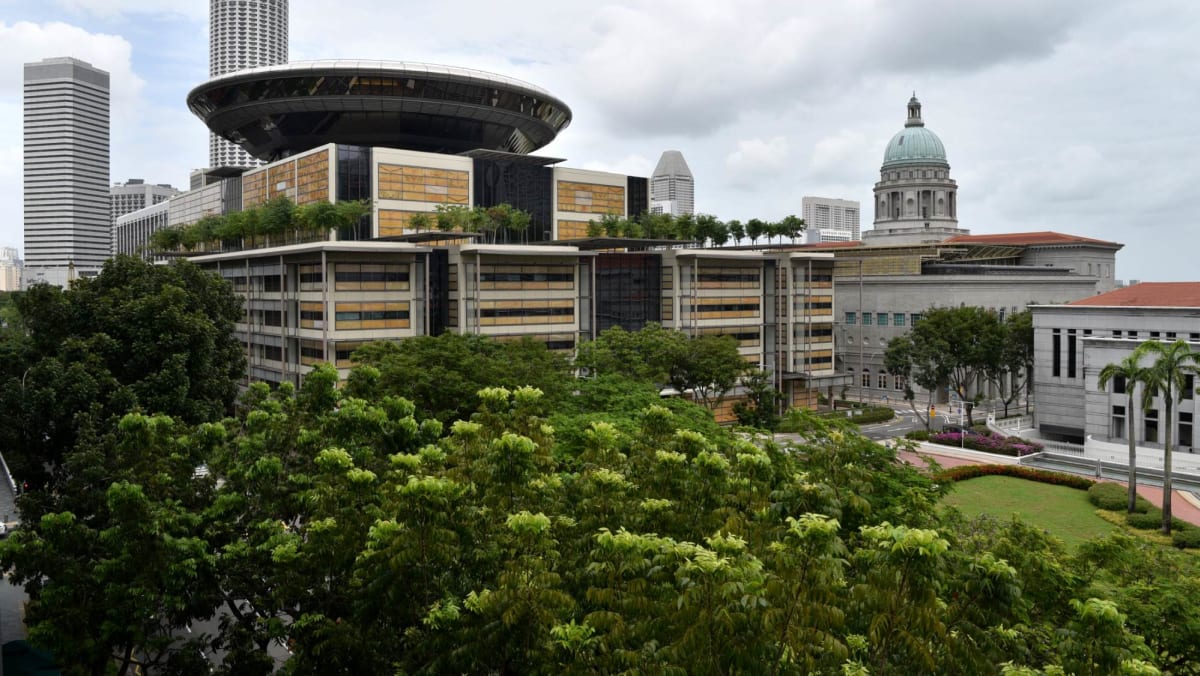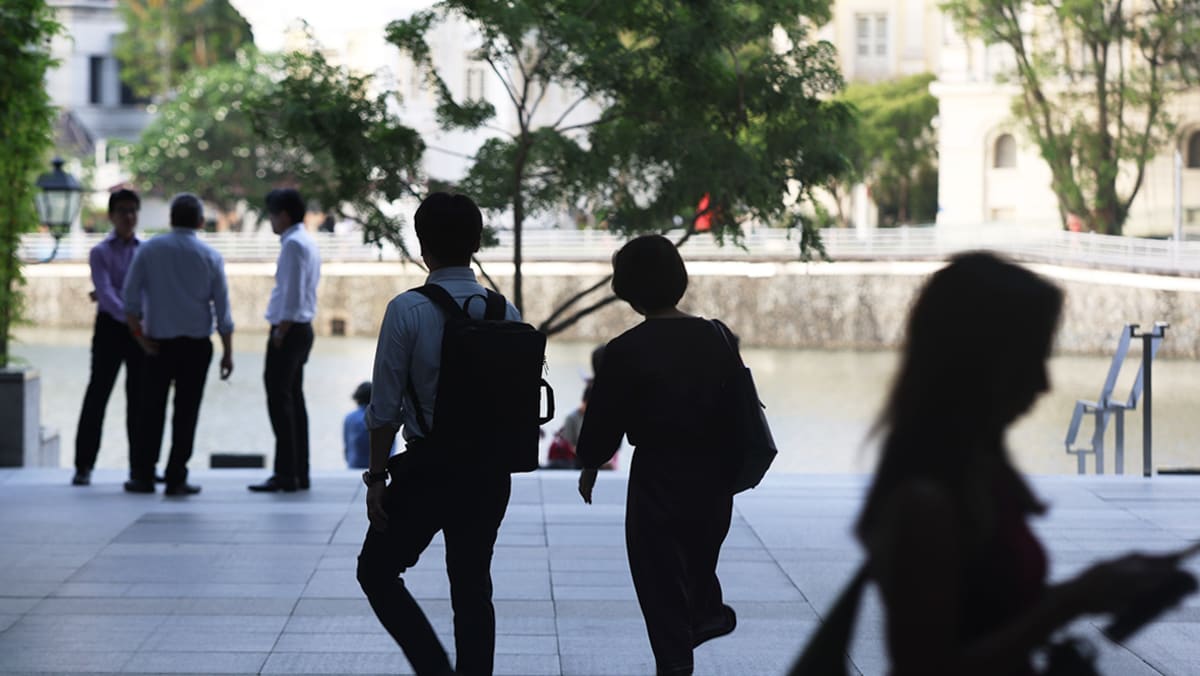“For example, we have hydropower. When we have a wet year … we can sell our surpluses. When we have dry years, then we import from other countries. This means an efficient use of all these resources,” he said.
“In southern Sweden this summer, we had very low (electricity) prices because we could import solar power from Germany.”
Sharing power in different time zones also helps nations save costs as they can import during peak periods and export when others are experiencing high consumer demand for energy, Prof Soder added.
He noted that a unified and flexible energy market is key to meeting the rising demand of electricity needs.
“You have to have a common market. You have to agree between the different countries on pricing. It must be a liberalised market with common rules,” he said.
COULD A SHARED GRID WORK FOR SINGAPORE?
Southeast Asia already has an interconnected grid in operation, albeit on a smaller scale compared with Europe’s.
There are currently bilateral interconnections that involve Singapore and Malaysia, Thailand and Malaysia, and Laos and Vietnam.
Dr David Broadstock, a senior research fellow at the National University of Singapore’s Sustainable and Green Finance Institute, said a shared power grid is beneficial for Singapore due to its limited resources to produce sufficient renewable energy to power the nation.
“Within Singapore, we’re constrained in terms of how much domestically-produced clean energy we can create using current technologies. If we move into a shared grid, then we’re able to benefit from the land resources and space available in neighbouring countries,” he told CNA.













